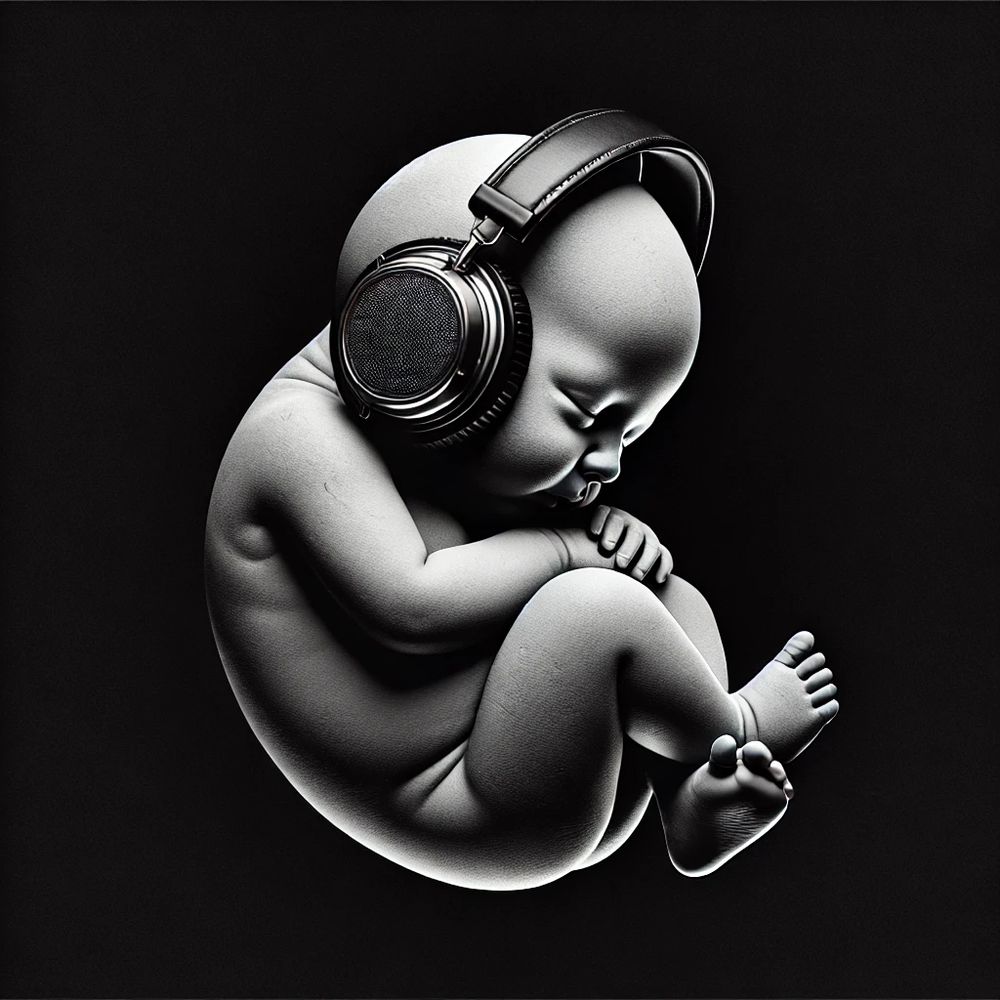Atesh Koul
@ateshkoul.bsky.social
56 followers
53 following
6 posts
Post-doc researcher @ Italian Institute of Technology,Rome. Studying how we understand others.
Posts
Media
Videos
Starter Packs
Reposted by Atesh Koul
Reposted by Atesh Koul
Trinh Nguyen
@trinhnguyen.bsky.social
· May 8

Development of Auditory and Spontaneous Movement Responses to Music over the First Year of Life
Humans across cultures not only share the ability to recognise music but also respond to it through movement. While the sensory encoding of music is well-studied, when and how infants naturally start ...
www.biorxiv.org
Atesh Koul
@ateshkoul.bsky.social
· Apr 25
Reposted by Atesh Koul
Reposted by Atesh Koul
Atesh Koul
@ateshkoul.bsky.social
· Feb 18
Atesh Koul
@ateshkoul.bsky.social
· Feb 17
Atesh Koul
@ateshkoul.bsky.social
· Feb 17

How accurately can we estimate spontaneous body kinematics from video recordings? Effect of movement amplitude on OpenPose accuracy - Behavior Research Methods
Estimating how the human body moves in space and time—body kinematics—has important applications for industry, healthcare, and several research fields. Gold-standard methodologies capturing body kinem...
t.ly








